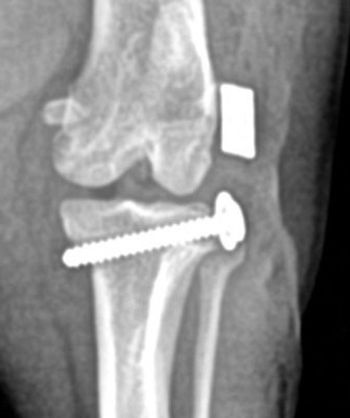
What suture patterns should be used in intestinal resection and anastomosis?
A simple interrupted pattern and a simple continuous pattern are most commonly used, but how do you decide which one to use? Galina Hayes, BVSc, DVSc, PhD, DACVECC, DACVS, offers an answer.
Galina Hayes, BVSc, DVSc, PhD, DACVECC, DACVS, an associate professor at Cornell University in Ithaca, New York, shares insight from her session on gastrointestinal tips for surgeons, which she presented at the 2025 New York Vet Show in New York, New York, on November 6, 2025.
In this video, Hayes discusses 2 common suture patterns used in intestinal resection and anastomosis: the simple interrupted pattern and the simple continuous pattern. For surgeons working alone or with less experienced assistants, Hayes recommends the simple interrupted pattern, as it provides better control over placement and tension and is generally easier to perform than the continuous pattern.
Hear more from Hayes in this video:
The following is a transcript of the video, which has been lightly edited for clarity and cohesion.
Hayes: Hi, my name is Galina Hayes. I'm a specialty soft tissue surgeon here at Cornell University in Ithaca in upstate New York. I've been teaching veterinary surgery for the last 12–13 years. I'm also boarded in emergency and critical care, which I find really helpful for preoperative and postoperative management of our trickier patients. Before I became a specialist, I worked in [emergency room] practice and before that, in small animal and mixed practice...
There are really 2 suture patterns that are used commonly in an intestinal resection and anastomosis, and those are a simple interrupted pattern, but also reported is a simple continuous pattern. Now, with the simple continuous pattern, you have an anchor knot at 180-degree intervals around the bowel, and it can be a little bit more difficult to control placement and tension without an assistant. So, for anyone who's working solo, or if maybe their assistant isn't [very] experienced, I would recommend a simple interrupted pattern—just as something that is easier and maybe less challenging to do if you're not doing these all the time.
Newsletter
From exam room tips to practice management insights, get trusted veterinary news delivered straight to your inbox—subscribe to dvm360.






